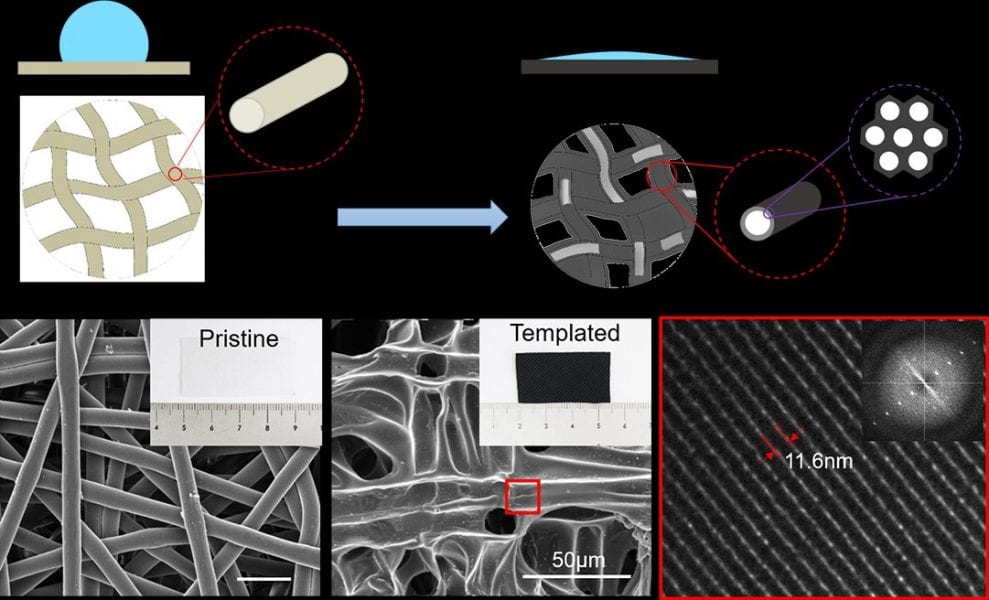Porous materials have received a great deal of attention since they possess high specific surface area, diverse porous structure, stability in different chemical environments, and easy accessibility, and can be used for gas adsorption or liquid separation, catalysis, electric and battery fields. In addition to porosity, conductivity and hydrophilicity are major key factors for the case of electrochemical sensors or biosensors used in biochemical applications such as the detection of H2O2 or methanol. H2O2 is an important reactive oxygen species generated in biochemical reactions, and considered as one of the major risk factors of disease-related pathophysiological complications. Monitoring H2O2 levels, therefore, is particularly important.
Motivated by these promising properties, many efforts have been made to synthesize porous carbon materials. Dual templating combining soft and hard templates has become a promising method. Hierarchical porous materials synthesized by dual templating own high surface area, easy accessibility to active sites, and high mass transport and diffusion rate at the same time.
In this work, the functional porous carbon fabrics were presented with hierarchically porous structures of meso-pores in nanoscale nesting on fiber networks with cylindrical pores in micrometer scale, which showed two additional functions of the hydrophilicity and controlled conductivity through a dual-templating approach. Through carbonization treatment, not only conductivity has been significantly improved, the hierarchically porous carbon showed superhydrophilicity or water-absorbing nature due to mild hydrophilic material and its roughness. As the increased wettability for organic liquids could lead organic molecules deep into carbonized fabrics, and the porous structure provides more contact area for reaction, the sensitivity of hierarchically porous carbon fabrics benefits the detection for methanol(CH3OH) or hydrogen peroxide (H2O2). This new design concept of hierarchically porous structures having the multi-functionality of high wettability and conductivity can be highly-effective for electroanalytical sensors.

















